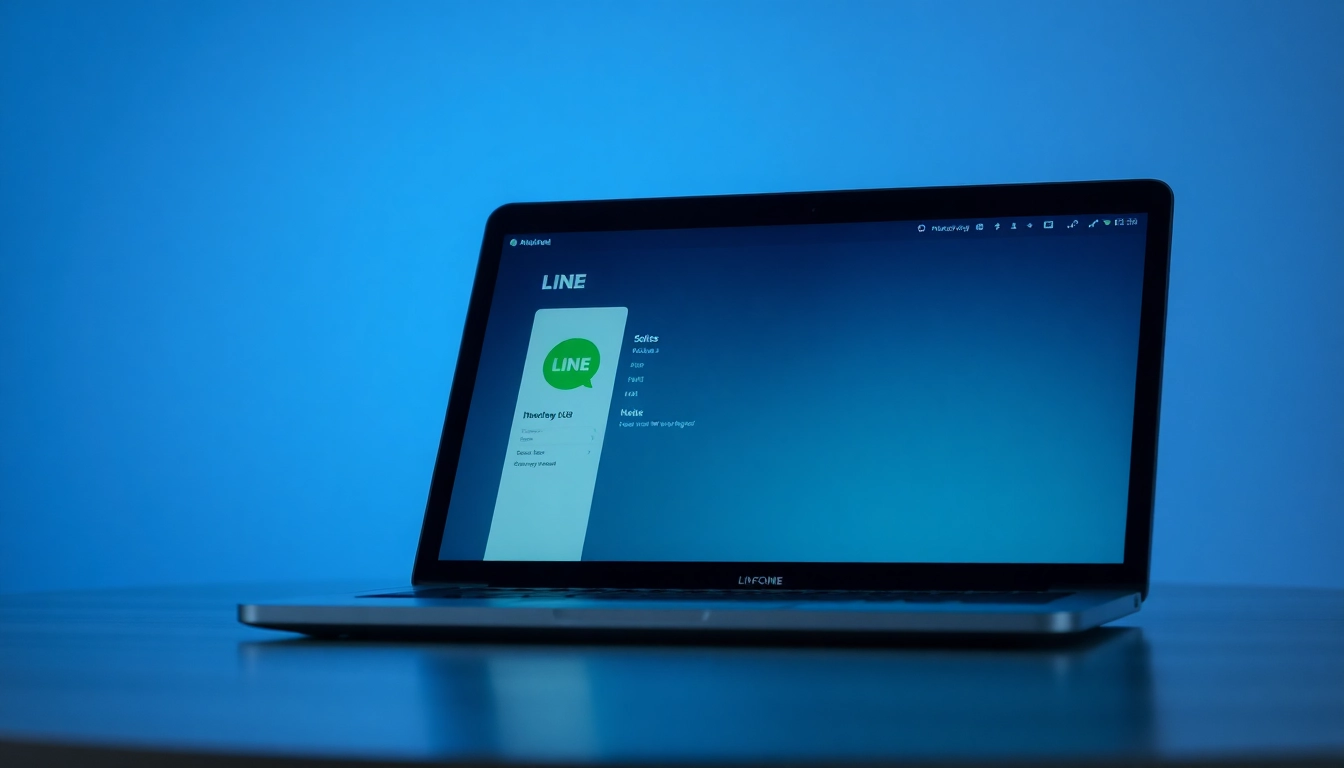Introduction to Agentic Human AI
In today’s rapidly evolving technological landscape, the emergence of Agentic Human AI represents a transformative leap in artificial intelligence. Unlike traditional AI systems that rely heavily on human input, agentic AI is designed to operate autonomously, making real-time decisions, learning from experiences, and adapting to complex environments. This unique capability holds the potential to revolutionize various sectors by increasing productivity, enhancing decision-making, and fostering collaboration between humans and machines.
What is Agentic Human AI?
Agentic Human AI refers to a category of artificial intelligence that demonstrates autonomous behavior, enabling these systems to act and make decisions independently based on a variety of inputs and learning mechanisms. These agents are imbued with the capability to set and pursue goals without needing constant supervision, allowing them to tackle tasks that were previously impossible for traditional AI systems. Agentic AI draws from various disciplines, encompassing machine learning, cognitive science, and systems theory to create intelligent agents capable of understanding context, reasoning about complex scenarios, and executing plans.
Importance of Autonomy in AI Systems
The autonomy embedded within Agentic Human AI is pivotal to its functionality and effectiveness. Traditional AI systems often operate within confined boundaries, executing predetermined tasks as instructed by humans. In contrast, agentic AI can process vast amounts of data, identify patterns, and make decisions autonomously, resulting in faster and often more accurate outcomes. This independence facilitates a self-learning environment where AI systems continuously refine their algorithms based on performance metrics and real-world feedback, ultimately enhancing their effectiveness over time.
Key Differences from Traditional AI
To grasp the significance of agentic AI, it’s critical to understand how it diverges from conventional AI models. The primary differences include:
- Autonomy: While traditional AI requires human guidance, agentic AI operates independently, taking initiative in its actions.
- Goal Orientation: Agentic AI agents can define their objectives based on contextual information, whereas traditional systems rely on predetermined goals.
- Adaptability: Agentic AI is better equipped to adapt to changing environments and learning contexts, making it more resilient in dynamic scenarios.
- Complex Decision-Making: These systems can engage in higher-level reasoning and problem-solving, utilizing a richer set of data than their traditional counterparts.
The Role of Agentic Human AI in Business
As organizations seek to harness the power of artificial intelligence, Agentic Human AI is emerging as a critical component in enhancing business operations. Its applications span diverse industries, facilitating significant improvements in various operational domains.
Enhancing Decision-Making Processes
One of the most notable contributions of agentic AI in business is its ability to enhance decision-making processes. By integrating advanced data analytics with machine learning algorithms, agentic AI can synthesize information from multiple sources, predicting trends and outcomes with remarkable accuracy. For instance, financial institutions utilize agentic systems to assess credit risks by analyzing transaction histories, market conditions, and economic indicators in real time, thereby significantly reducing the time taken to make lending decisions.
Improving Efficiency and Productivity
Agentic Human AI also plays a vital role in boosting efficiency and productivity across various sectors. In manufacturing, agentic systems can monitor machinery performance, predict maintenance needs, and adjust operational parameters autonomously to optimize production schedules. This not only minimizes downtime but also enhances output quality, leading to cost savings and increased profitability. Furthermore, the incorporation of agentic AI in supply chain management enables real-time tracking of inventory levels and demand forecasts, allowing businesses to respond promptly to market changes.
Case Studies of Successful Implementation
Several organizations have successfully integrated agentic AI into their operational frameworks, yielding significant benefits:
- Amazon: Utilizing agentic AI in its recommendation engine, Amazon analyzes customer behavior to provide personalized shopping experiences. This system adapts over time, improving its recommendations based on user interactions, leading to higher customer satisfaction and increased sales.
- Siemens: In smart manufacturing, Siemens employs agentic AI to monitor industrial equipment and predict failures before they occur. The implementation has resulted in reduced maintenance costs and improved efficiency across its production lines.
- Netflix: Netflix’s use of agentic AI in content recommendation analyzes viewer preferences and viewing habits, tailoring suggestions to individual users. This enhances viewer engagement and retention.
Challenges and Considerations
Despite its promising potential, the deployment of Agentic Human AI is not without challenges. Organizations must navigate several hurdles as they strive to leverage these advanced systems.
Ethical Implications of Autonomous AI
One of the most pressing concerns surrounding agentic AI is the ethical implications of autonomy. As AI systems increasingly act on their own, questions arise regarding accountability, transparency, and bias in decision-making. Businesses must implement ethical guidelines and frameworks to govern the use of agentic AI, ensuring that these systems align with societal values and do not perpetuate existing biases in data.
Integration Challenges in Existing Systems
Integrating agentic AI systems into existing business infrastructures presents notable challenges. Many companies still rely heavily on legacy systems that may not be compatible with new agentic tools. Organizations must invest in upgrading their IT infrastructure and ensure that appropriate change management strategies are in place to facilitate a smooth transition.
Future Outlook for Agentic Human AI
The future of Agentic Human AI is promising as advancements in technology continue to unfold. As machine learning algorithms improve in capability and efficiency, we can expect agentic AI systems to become more widespread across industries. Emerging trends suggest further advancements in natural language processing, enabling these systems to engage interactively with users and comprehend complex queries. This evolution will not only enhance user experience but also drive more enriched human-AI collaboration.
Comparing Agentic Human AI with Other Technologies
As organizations explore various AI solutions, understanding how Agentic Human AI compares with other technologies is crucial for making informed decisions.
Agentic AI vs. Conventional AI
As previously discussed, the fundamental difference between agentic AI and conventional AI lies in autonomy and adaptability. While conventional AI excels in predefined tasks, its rigidity limits versatility. Agentic AI, however, is designed for dynamic environments requiring real-time decision-making and adjustment to new data inputs.
AI Agents in Different Sectors
The implementation of AI agents varies significantly across sectors. In healthcare, for example, agentic AI can assist in diagnosing patients by analyzing symptoms and medical histories against vast databases of prior cases. In contrast, in retail, these systems optimize inventory management and customer engagement through predictive analytics. Each application underscores the versatility and domain-specific strengths of agentic AI.
Understanding Hybrid AI Models
Hybrid AI models represent an integration of different AI approaches, combining the strengths of both agentic and conventional AI methodologies. By leveraging this hybrid approach, organizations can achieve more robust and flexible systems capable of handling complex tasks while benefiting from the precision of traditional data-driven models. For example, a hybrid AI system may utilize rule-based logic for compliance and safety checks, while simultaneously employing agentic AI for operational decision-making.
Conclusion: The Future of Work with Agentic Human AI
As businesses continue to explore the capabilities of agentic AI, the future of work is poised for significant transformation. By embracing these autonomous systems, organizations can cultivate a new dynamic of efficiency and innovation.
Embracing Change for Advancement
One of the key takeaways from the integration of Agentic Human AI is the necessity for organizations to adapt to change. Embracing this technology requires a shift in mindset, where workflows and job roles will evolve to thrive in collaboration with AI systems. Organizations that can effectively manage this transition will be well-positioned for sustained success.
Building Human-AI Collaborative Frameworks
To maximize the potential of agentic AI, companies must prioritize building frameworks that encourage seamless collaboration between human and AI agents. This involves promoting a culture of trust and transparency in how AI systems operate, as well as focusing on training and upskilling employees to work effectively alongside these technologies.
Final Thoughts on Autonomous Decision-Making
In summary, Agentic Human AI signifies a groundbreaking evolution in artificial intelligence, promising complex decision-making capabilities that can augment human processes in countless ways. As organizations continue to experiment with and implement these systems, the journey towards a future where humans and AI coexist harmoniously in the workplace will undoubtedly lead to innovations we are only beginning to imagine.



